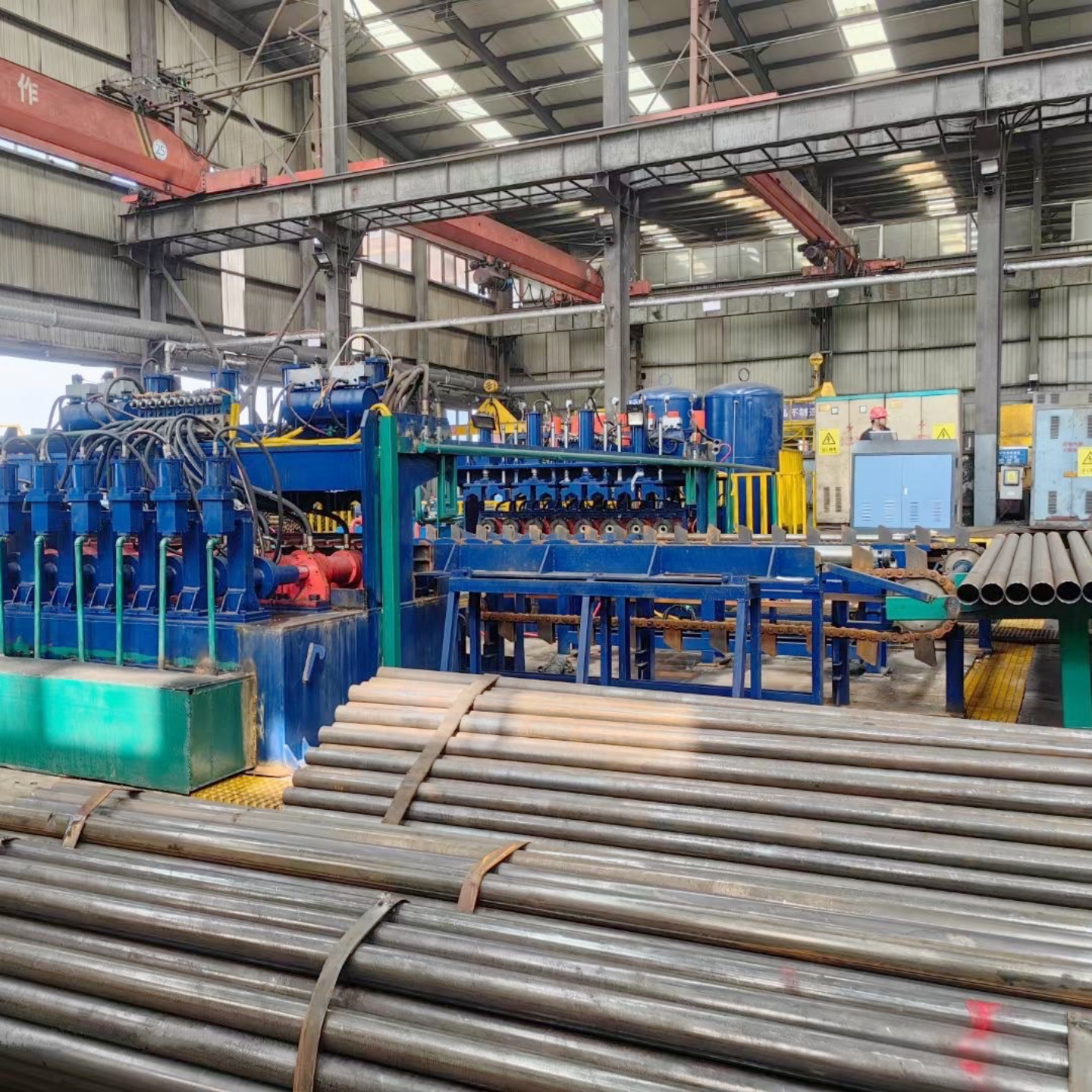When your company produces or supplies steel pipes destined for pressure applications, investing in a proper hydrostatic testing machine isn’t a luxury – it’s a strategic move. Below you’ll find the key advantages of integrating a dedicated steel‑pipe hydrostatic test machine into your production line, and how these advantages translate into quality, efficiency and market strength.
1. Reliable Leak & Strength Verification
One of the most important benefits is that a hydrostatic testing machine enables you to accurately verify pipe integrity under pressure. Because water (or another suitable liquid) is incompressible, when you fill a pipe and pressurise it beyond its operating level, you can expose leaks, weak welds or deformations that other non‑pressurised tests might miss. For example, industry sources highlight that hydrostatic testing “can detect leaks before systems are operational, reducing … the potentially catastrophic impact of leaking hazardous materials.”
For your export business (to markets like India, Middle East, Southeast Asia), being able to show documented proof of pressure‑holding capability adds credibility and helps meet customer expectations.

2. Enhanced Safety Compared to Alternatives
Hydrostatic testing has a notable safety advantage over pneumatic (gas) testing. Since a liquid is used, the stored energy in the system is significantly less than if compressed gas were used. That means if a failure occurs, the risk of explosive release is far reduced. Sources say hydrostatic testing has “high safety: uses water, a virtually incompressible fluid—minimises risk of explosions in case of failure.”
For a company manufacturing or exporting pipes, this safety angle is important both for protecting your personnel and for reassuring clients that your product has been verified with safe, industry‑accepted methods.
3. Quality Assurance & Reduced Field Failures
By testing pipes in a controlled factory environment, you minimise the risk of field failures after delivery. Each pipe that passes the hydrostatic test offers you ‑ and your client ‑ confidence that the product meets its pressure rating and will perform in service. According to one technical source, hydrostatic testing “reduces downtime by facilitating timely leak detection and repair when conducted by experienced technicians.”
In turn, fewer returns, less warranty cost, and stronger reputation in export markets.
4. Compliance and Market Advantage
Many industries and buyers require pressure‑tested pipes, either by regulation or as part of procurement standards. Having a dedicated hydrostatic testing machine allows you to certify pipes with proper test data, which enhances your export‑readiness. When your machine records pressure vs time, holds the test for required duration and produces a document or certificate, you strengthen your supply credibility.
This advantage becomes a differentiator in competitive markets: you’re not just selling steel pipe, you’re selling verified performance.
5. Process Efficiency & Data Visibility
A well‑designed hydrostatic testing machine brings repeatability and traceability. You set the parameters (pressure, hold time, volume), run the test, monitor results, store logs and generate reports. Over time, you build a database of test outcomes and can spot trends (e.g., certain welds or batches showing drop in pressure). This helps refine upstream production – better raw material, better welding, fewer rejects.
In practice, this strengthens your manufacturing process and supports continuous improvement.
6. Cost Savings Over Time
While the upfront cost of a hydrostatic testing machine may be significant, the lifecycle savings are compelling: fewer field failures (lower re‑work), fewer customer complaints, reduced risk of liability, improved yield, better conversion of raw materials into sold product. Also because you catch defects early you avoid shipping bad product or having major failures after installation, which can be hugely costly.
For your role exporting to India, Middle East, Southeast Asia: by demonstrating lower risk, you may secure better contracts, build stronger relationships, and reduce hidden costs.
Summary Table: Advantages of a Steel Pipe Hydrostatic Testing Machine
Here’s a quick table summarising the main advantages:
|
Advantage |
How it benefits you as a manufacturer/exporter |
|
Leak & strength verification |
Ensures each pipe meets pressure specs before shipping |
|
Enhanced safety |
Safer testing method reduces risk for personnel and assets |
|
Reduced field failures |
Higher reliability means less warranty, better reputation |
|
Compliance & market advantage |
Meets buyer/regulatory expectations, boosts trust |
|
Process efficiency & data traceability |
Enables feedback loop for manufacturing improvement |
|
Cost savings over time |
Lower hidden costs, fewer defects, improved margin |
In the world of steel‑pipe manufacturing and export, especially when you supply markets with demanding specifications, a hydrostatic testing machine becomes a cornerstone of your business. It isn’t just a piece of equipment—it’s a statement of quality, safety and reliability. When every pipe you ship carries the guarantee of a verified pressure test, you build trust with your clients, differentiate yourself in crowded markets, and protect your production process from avoidable defects and risks.